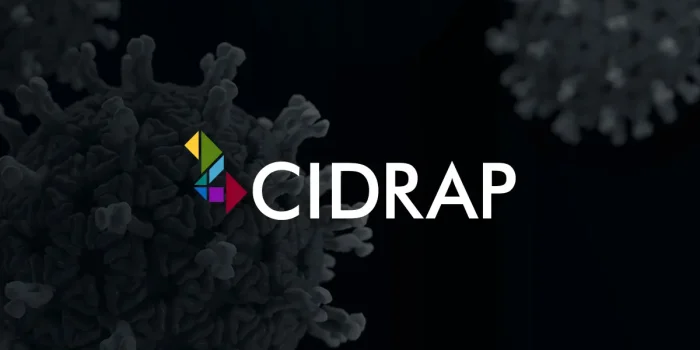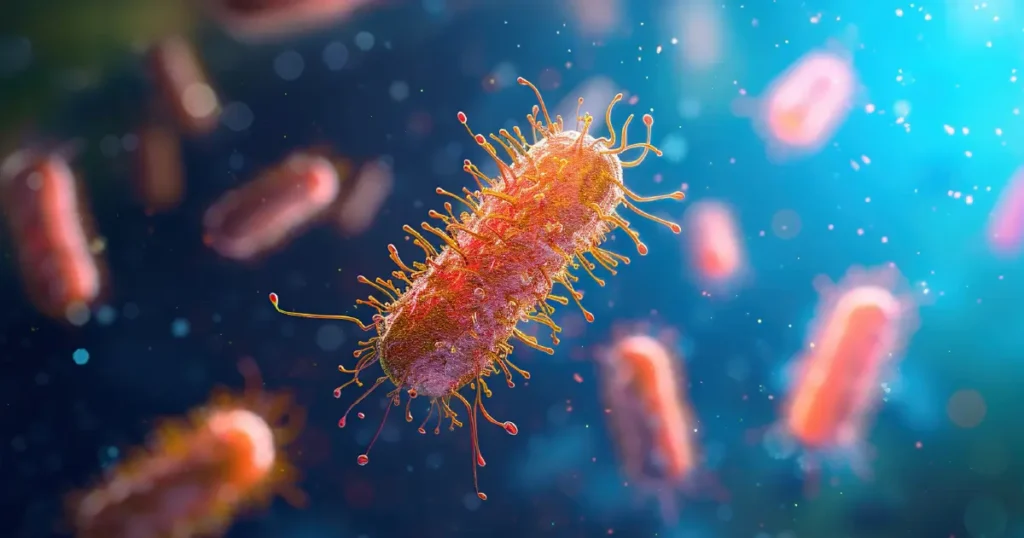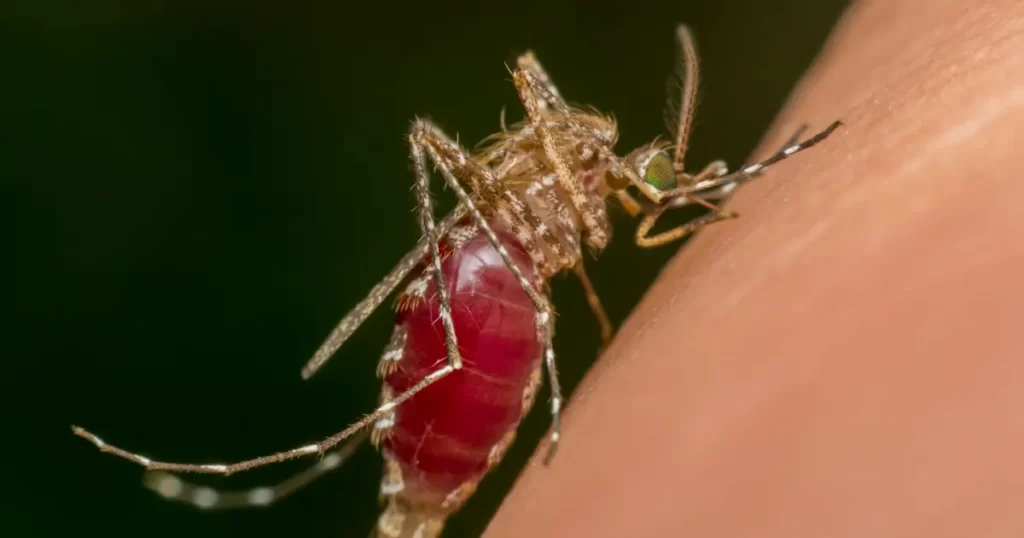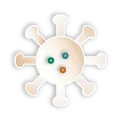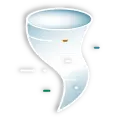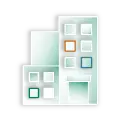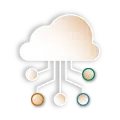Nine months ago, Janie Johnston, 73, left her home in the Chicago suburbs to drive to her doctor’s office for routine care. She made it as far as the side of the street opposite the clinic but couldn’t figure out how to get there, so she returned home, where she struggled to remember the abbreviation “GPS.”
That was the first sign that something was seriously wrong. Soon, the semi-retired geologist couldn’t speak in full sentences or feed herself. Within 2 months, the woman who had been reviewing proposals for the National Science Foundation in the weeks leading up to symptom onset was dead of a terrifying neurological disease her family had never heard of: Creutzfeldt-Jakob disease (CJD).
CWD may cause CJD-like disease if it infects people
Rather than being genetic or acquired, Johnston’s CJD developed when normal prions in her brain spontaneously began misfolding. The abnormal prions accumulated rather than being shed, triggering confusion and fatigue that doctors initially mistook for stroke, meningitis, or alcohol withdrawal. The disease usually occurs in older adults.
After unprecedented autism-vaccine messaging change, scientists, advocates say CDC no longer trustworthy
Experimental mRNA flu vaccine is more effective than conventional flu shot, but causes more side effects
While no one was watching: Tenuous status of CDC prion unit, risk of CWD to people worry scientists

